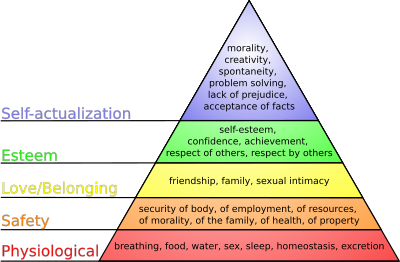My oldest daughter, C., is at that age where her baby teeth are starting to fall out.
This rite of passage inevitably brings up hidden child rearing issues such as:
What To Do About The Tooth FairyNow many people don't give our popular myths a second thought and happily pass them on to the next generation. I, of course, have to think about the deep weighty implications of everything before I do it.
Sigh.
Should I go along with it or not? On the one hand, it just ain't so and why fib to the kids? What about teaching them The Truth without mixing in cultural silliness? On the other hand, it
is kinda fun (don't tell my family), my parents did it to me, and I'm no worse off for it.
What I settled for was this:
C: Daddy, we have to put my tooth under the pillow so the Tooth Fairy will come.
Me: Hm. I don't know that there is a Tooth Fairy ...
C: Oh, yes, Daddy, there is. They told me that at school.
Me: Really?
C: Yes, Daddy. I know. The Tooth Fairy is real.
Me: Oh. I don't know if I believe in the Tooth Fairy.
C: I believe, Daddy. The Tooth Fairy is real.
Me: Ok honey. Well, we'll see ...
... She got a quarter.
J.R.R Tolkien would tell me to lighten up about the
faeries.
- "First, he suggests that fairy stories allow the reader to review his or her own world from the "perspective" of a different world. This concept, which shares much in common with phenomenology, Tolkien calls "recovery," in the sense that one's unquestioned assumptions might be recovered and changed by an outside perspective.
- Second, he defends fairy stories as offering escapist pleasure to the reader.
- And third, Tolkien suggests that fairy stories (can) provide moral or emotional consolation, through their happy ending, which he terms a "eucatastrophe.""
Ok. Cool. So what does the Tooth Fairy tell us about our Reality? I'm not sure, but I went ahead and knocked out a couple more of her teeth. ;-)
Me: More loose teeth. Hold still ...
C: Ow!
Me: Sorry, just a little bit more
C: (whimper)
Me: Sorry, honey
C: Ooh, oh, stop ...
Me: (wiggle, wiggle)
C: (whimper)
Me: There!
C: That was fun, Daddy.
Weird.


















